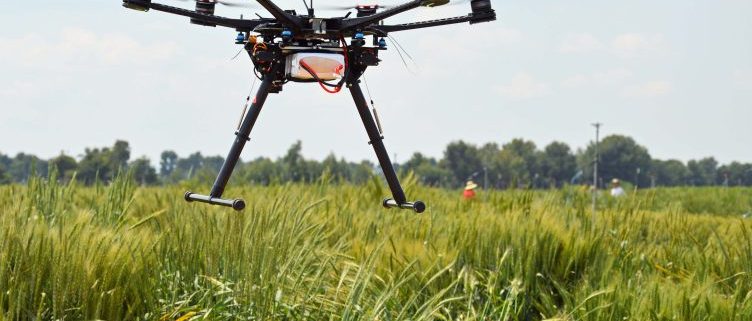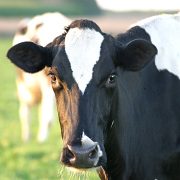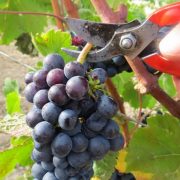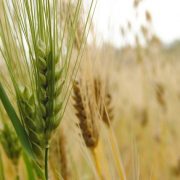IRTA investigates new varieties of high quality wheat resistant to drought and adapted to climate change
The main effects of climate change that are already observed and predicted in the near future are the increase in temperatures, which will cause an increase in the evapotranspiration of the crops (value estimated at a global scale of 3,000 l per person and day), the increase of extreme weather events and the reduction of rainfall. These changes will probably lead to more severe and frequent droughts that will directly affect the viability and productivity of crops.
Researchers of IRTA’s Sustainable Extensive Crops program are carrying out a project that provides useful tools for the development of a new generation of bread wheat varieties resistant to the increasing water stress expected for the next decades in the Mediterranean basin as a consequence of climate change . The objective is also that the grain obtained from these varieties be of high quality, according to the requirements of the industry.
It works with more than 350 varieties from 24 countries of the Mediterranean basin
The study uses both traditional and modern varieties. The traditional varieties are local varieties that were adapted to the climatic conditions of each territory during the process of migration of wheat from the Fertile Crescent (where wheat was domesticated about 10,000 years ago) until its arrival in the Iberian Peninsula (about 7,000 ago years); while modern varieties are improved since the 1970s, less tall and more productive, however, with less genetic diversity. The traditional varieties studied include 170 local varieties from 24 countries of the Mediterranean basin, while modern varieties correspond to 184 varieties developed from the different genetic improvement programs, both public and private in this region and reference research centers international (CIMMYT and ICARDA).
Precision technology and agriculture: thermal and multispectral aerial images
In the selection process, characters such as yield and its components (number of ears per plant, number of grains per ear and grain weight), phenology (varieties of early or late flowering) and characters related to water stress are studied.
The test fields are located in Gimenells (Lleida) and in Konya and Diyarbakir (Turkey), under rainfed conditions. The results will identify the most resistant varieties to drought and the physiological characteristics of the plant associated with it. Among them, the water stress indexes obtained from photographs of areas made with drones using thermal and multispectral cameras will allow predicting which varieties will be more productive in the face of scarce water resources.
In parallel, the 354 varieties are being analyzed genetically by molecular markers in order to identify those linked to characteristics of interest and associated with the genes that control them. These molecular markers will also serve to increase the efficiency of the selection by identifying in the laboratory which of the descendants obtained in each crossing are carriers of the genes of interest, without needing to evaluate them in the field, thus being able to advance more than one generation per year in the greenhouse and reducing the time needed to obtain an improved variety.
The project, “Tools for marker-assisted selection in wheat improvement programs at national and international scale: adaptation to climate change and industrial quality”, is funded by the Ministry of Economy and Competitiveness (MINECO), has a duration of 4 years and has the collaboration of CIMMYT-Turkey.
















